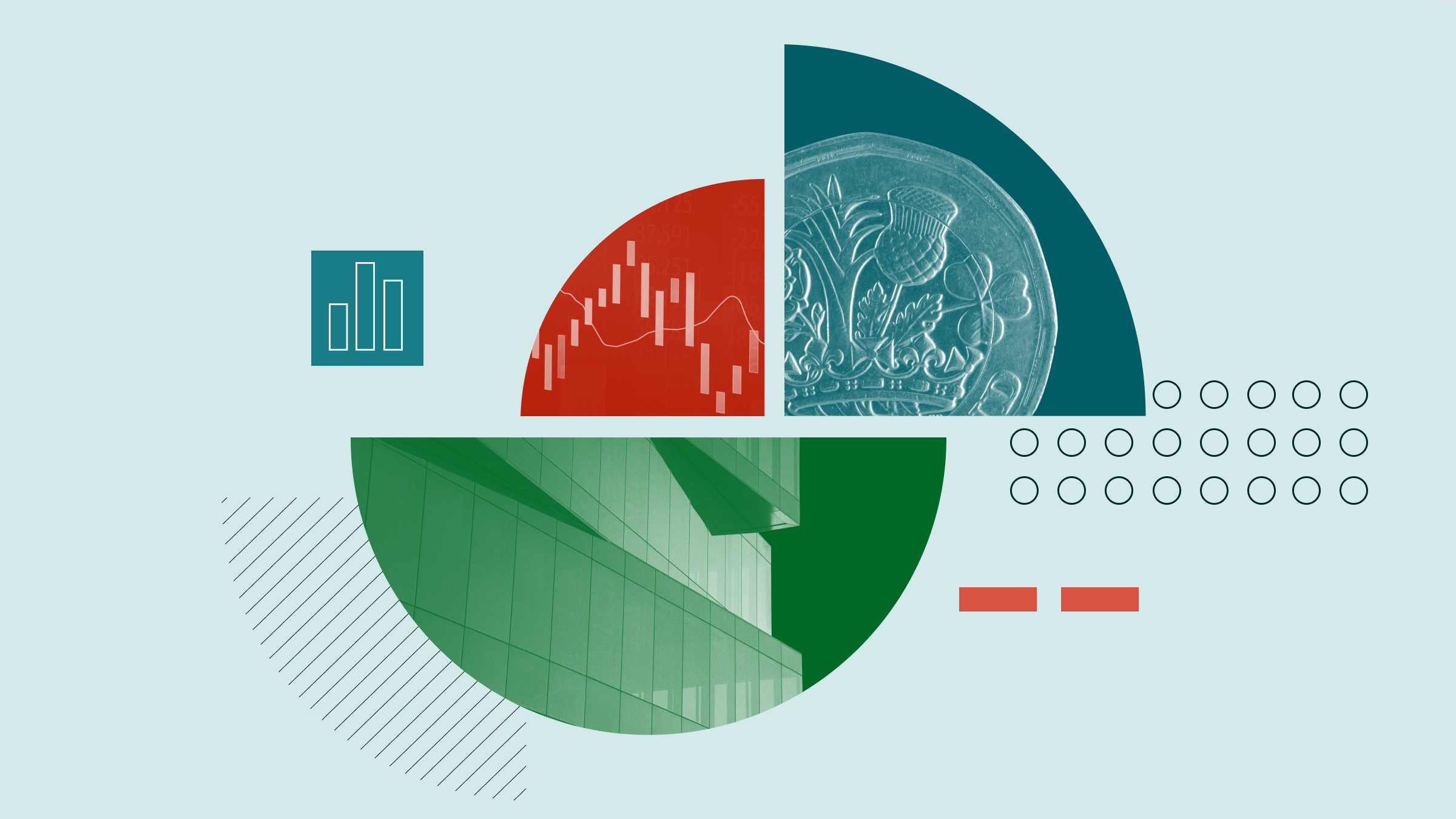
European equities traded sharply lower and global bond markets were in turmoil on Wednesday as so-called reciprocal tariffs with 60 trading partners, including a 104% tariff on China, took effect.
The Stoxx Europe 600 index resumed its selloff, led lower by healthcare stocks including Novartis NOVN, Sanofi SAN and Roche ROG. In London, AstraZeneca AZN, the largest stock in the FTSE 100 benchmark, closed nearly 7% lower.
The S&P 500 benchmark and the technology-heavy Nasdaq 100 index both made modest gains in early US trading. US pharmaceutical stocks including Pfizer PFE, Eli Lilly LLY and Merck MRK followed their European peers lower.
“The market doesn’t know where it is,” Morningstar chief European markets strategist Michael Field said on Wednesday. “Nobody could figure out Tuesday’s upward move: there is no clear path, we’re likely to see ups and downs from here until the tariff situation is put to bed one way or the other.”
Pharma Tariffs Are Imminent
This comes after US President Donald Trump said on Tuesday night he’s “going to be announcing very shortly a major tariff on pharmaceuticals,” in an effort to re-shore drug manufacturing to the US.
According to Ailsa Craig and Marek Poszepczynski, the managers of Schroders’s International Biotechnology Trust (IBT), “the immediate impact of the newly announced US tariffs remains to be seen, especially as we do not yet know if reciprocity will be implemented by affected countries”
“The boundary between biotech and pharma is blurred and it is unclear to what extent biotech companies with therapies already on the market will be affected,” they said. “Smaller, pre-revenue biotechs will be less impacted by tariffs because they do not yet have products to trade. Nevertheless, some of these businesses may rely on complex international supply chains for research and development. Tariffs could therefore raise the cost of development or slow progress.”
Tit-For-Tat Tariff Escalation Continues
Effective Wednesday, the US is levying a 20% tariff on goods imported from the European Union and a 10% tariff on UK goods, the baseline imposed on most major trading partners over the weekend. While EU officials have not formulated a response to the levy, China struck back against its 34% tariff with a 34% retaliatory tariff on the US. Trump then raised total US tariffs on China to 104%.
At the end of Asian trading hours, Chinese stocks were broadly unchanged from Tuesday’s close. China had signaled a general willingness to engage with the US in a trade white paper the Chinese government published on Wednesday. Hopes for a settlement in the US-China tariff standoff were dashed on Wednesday afternoon when China hiked its own tariffs against the US once more, to 84%.
Around the same time, the European Union agreed to impose a 25% tariff on a limited set of US products, including some agricultural goods and aluminum. The levy is set to affect about 22 billion euros in US exports per year.
Global Bond Markets in Turmoil
Government bonds also sold off on Wednesday as investors built up their cash allocations to confront a sudden spike in uncertainty and volatility. Yields on US 10-Year Treasuries, which move in the opposite direction when bond prices decline, spiked to nearly 4.5%. As recently as Monday, yields had been as low as 3.9% as safe-haven assets saw high demand.
“The ‘sell America’ scenario is becoming tangible again, as Treasuries and US equities are under pressure,” ING FX strategist Francesco Pesole said. “That can be a very toxic combination for the dollar. Markets are clearly punishing US assets again after 104% China tariffs kicked in.”
The US Dollar Index remained near the lowest level since October of last year, which it reached at the end of the previous week. Crude oil prices continued their slide, with Brent futures testing the $60 level for the first time since the pandemic.
Sara Silano and Christopher Johnson contributed to this article.
The author or authors do not own shares in any securities mentioned in this article. Find out about Morningstar's editorial policies.























